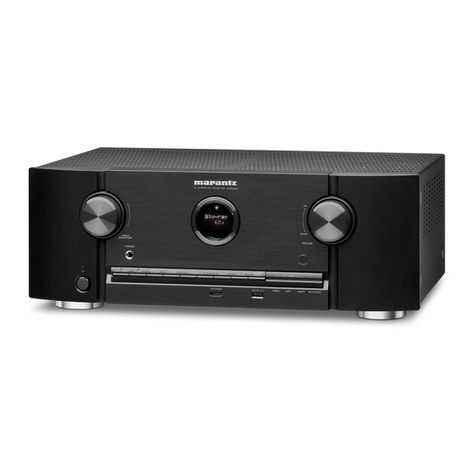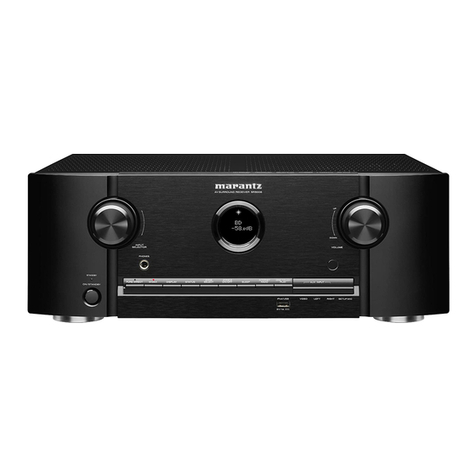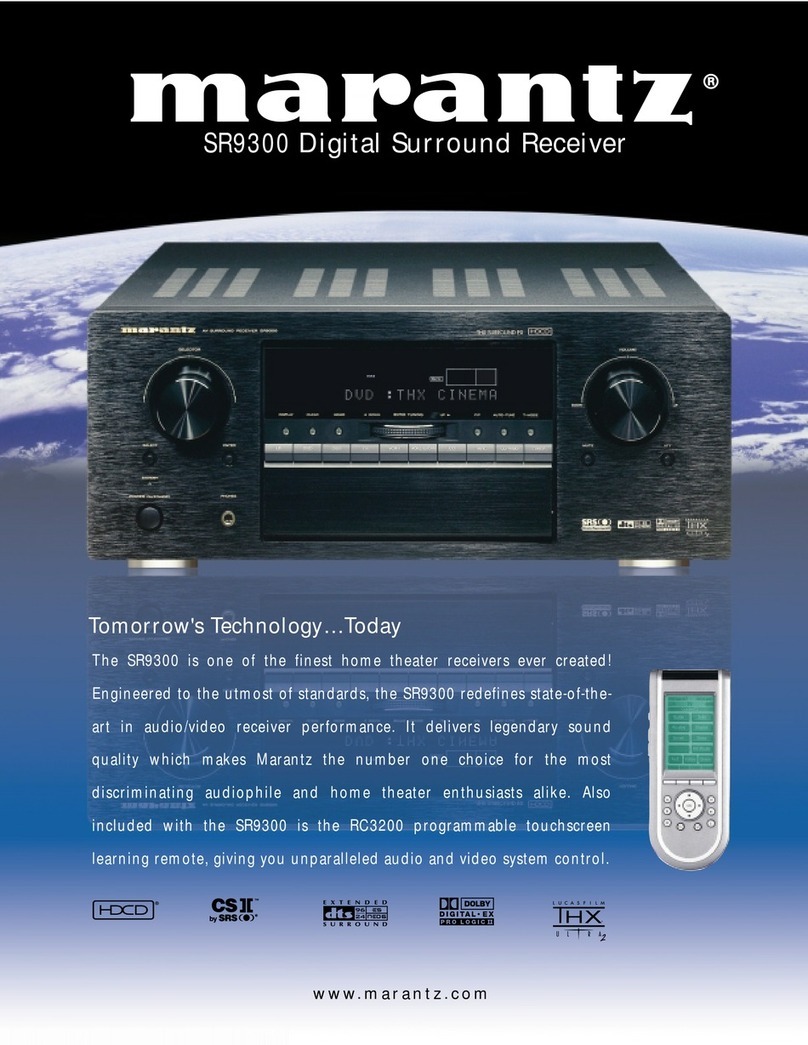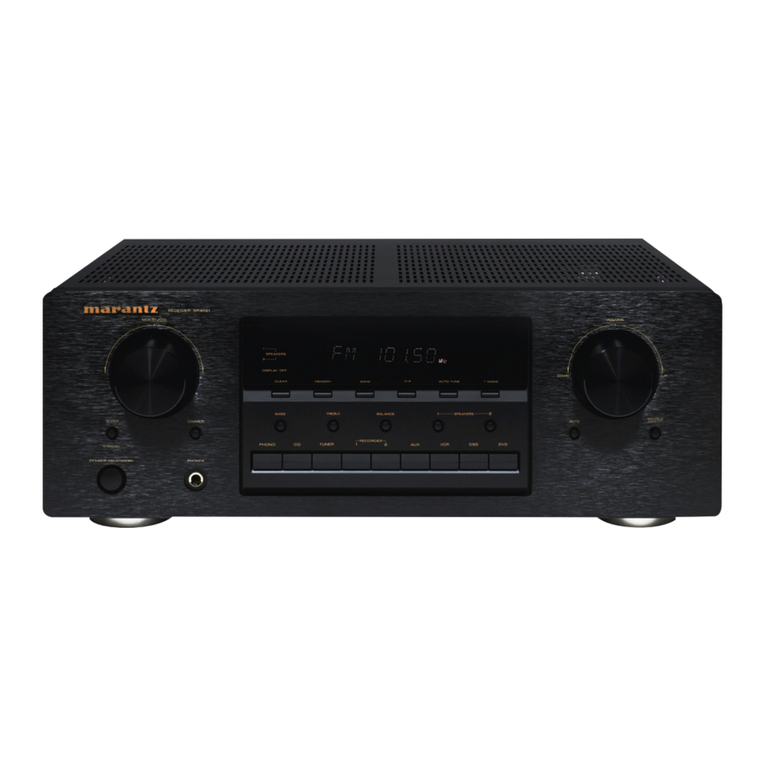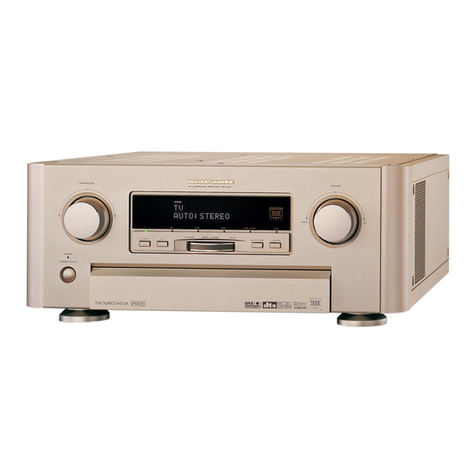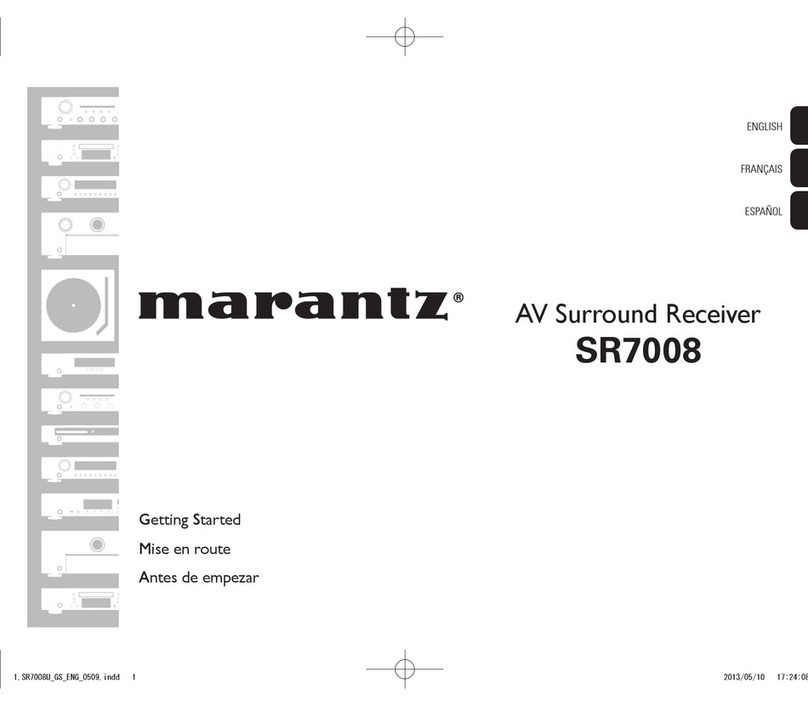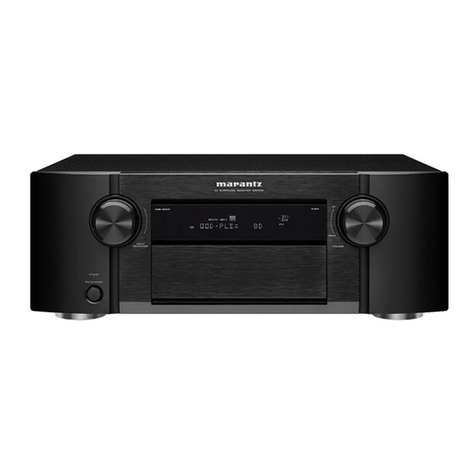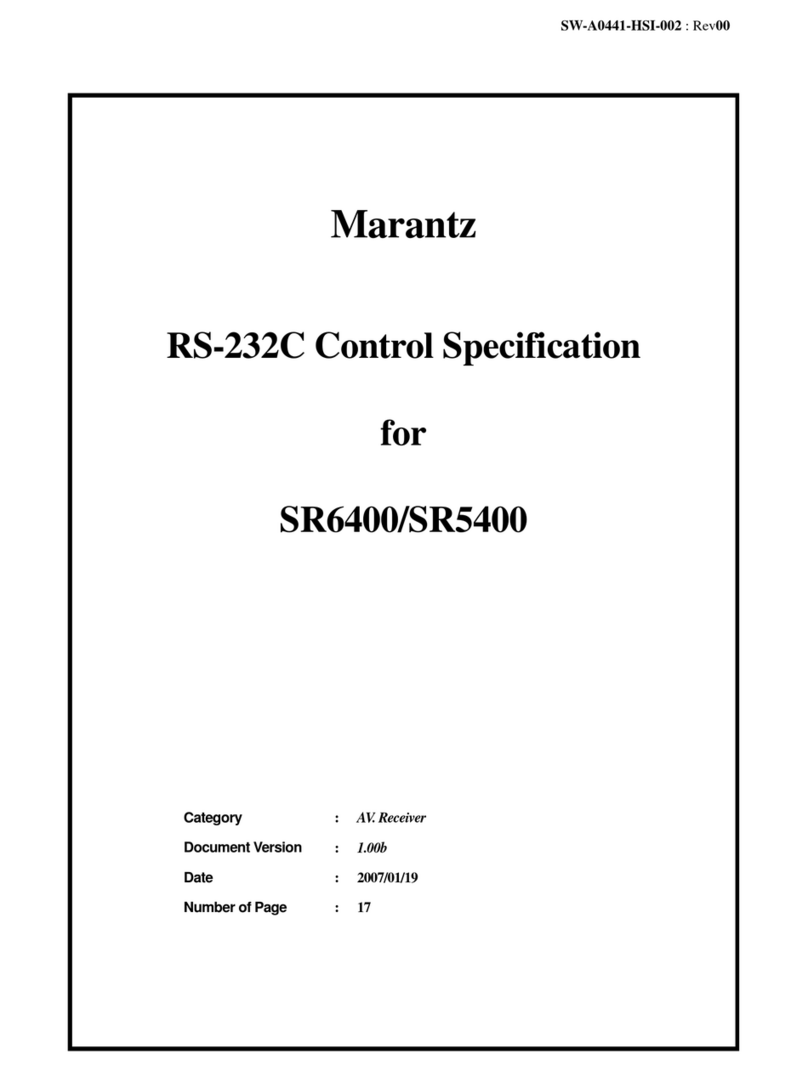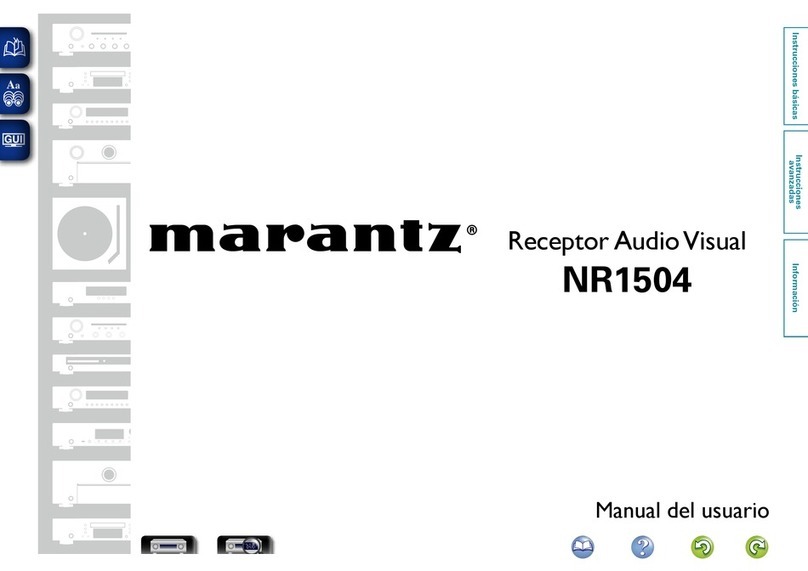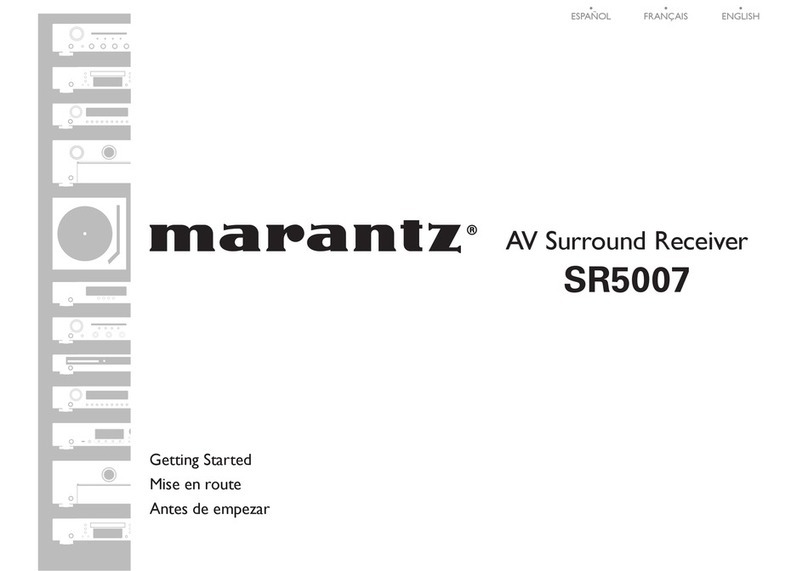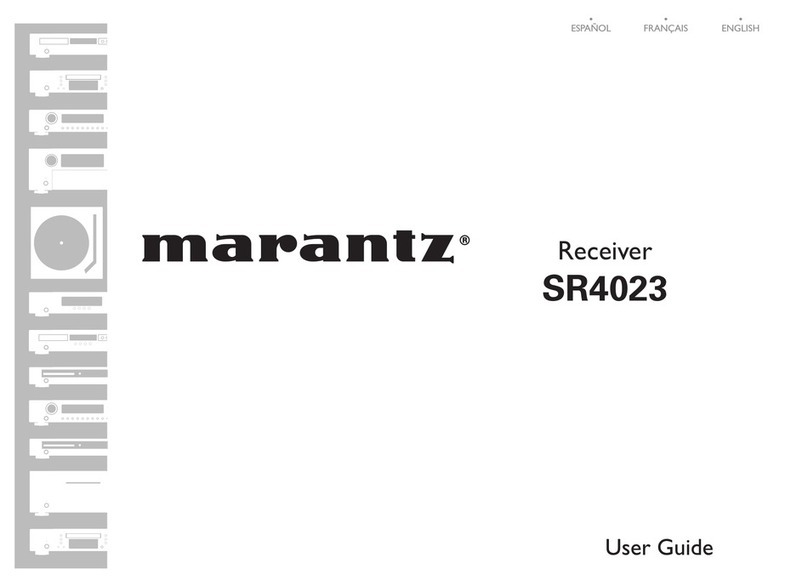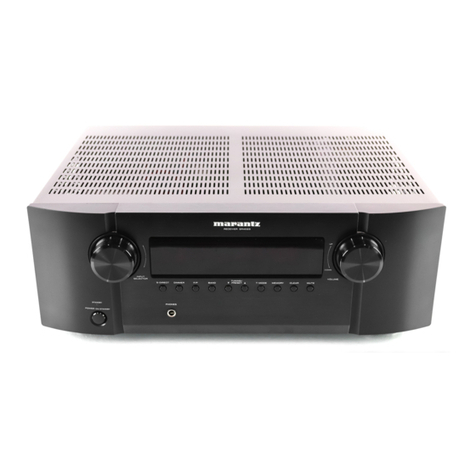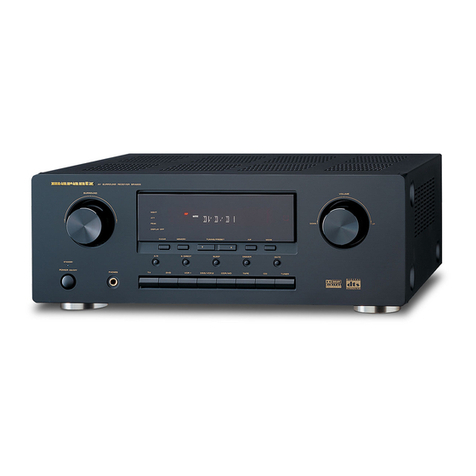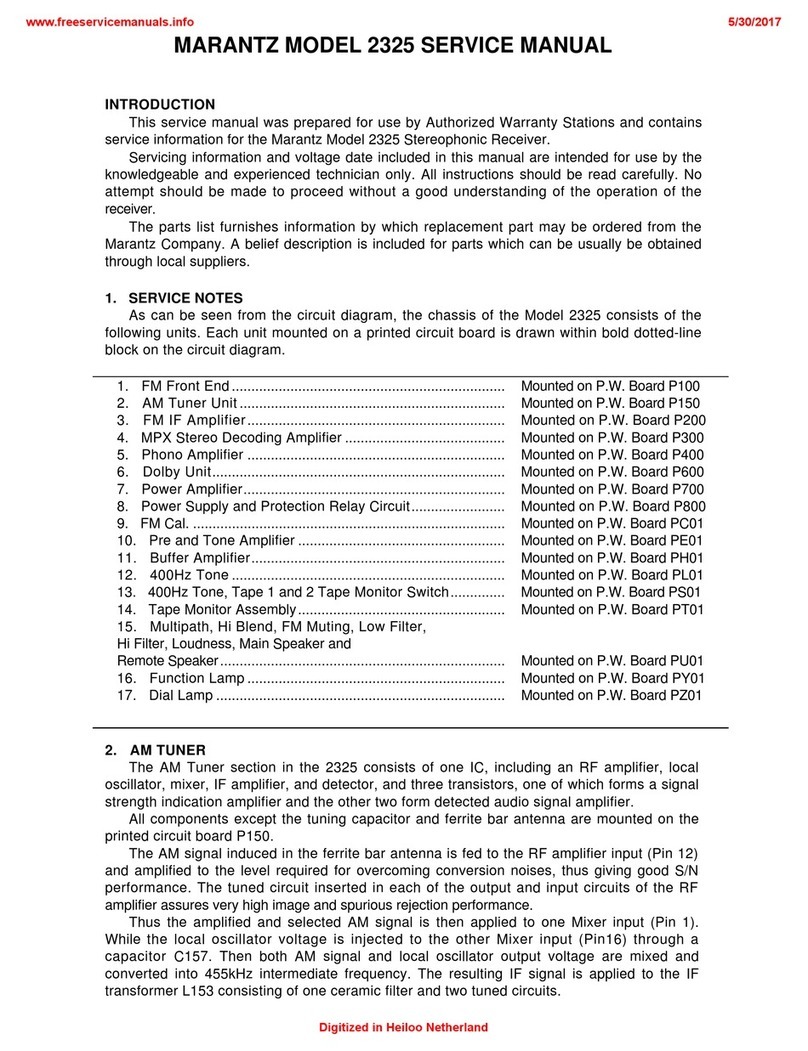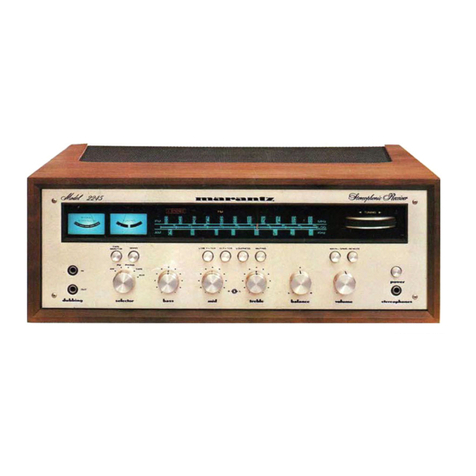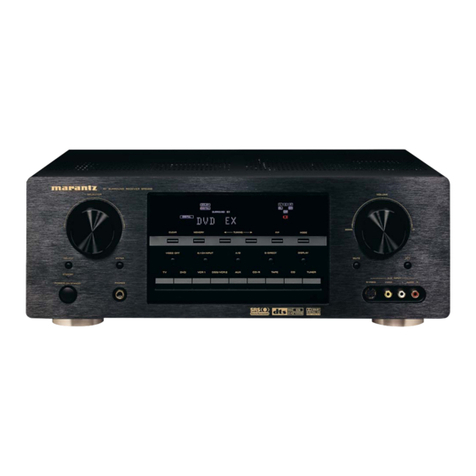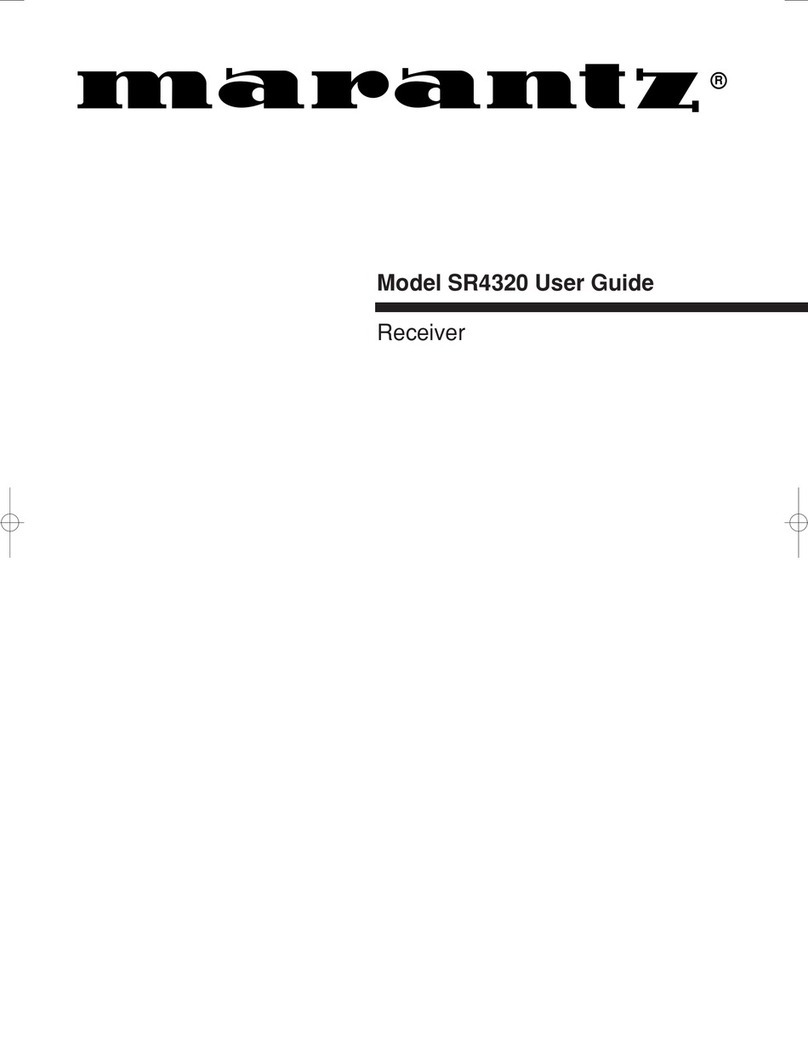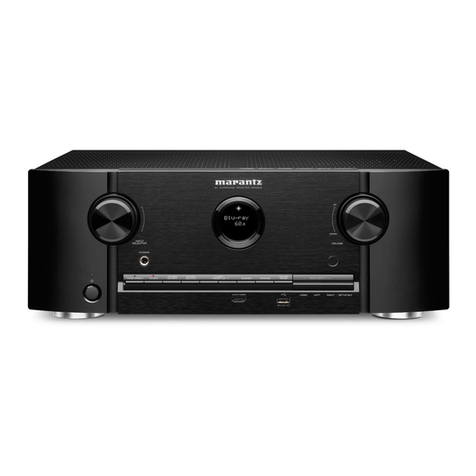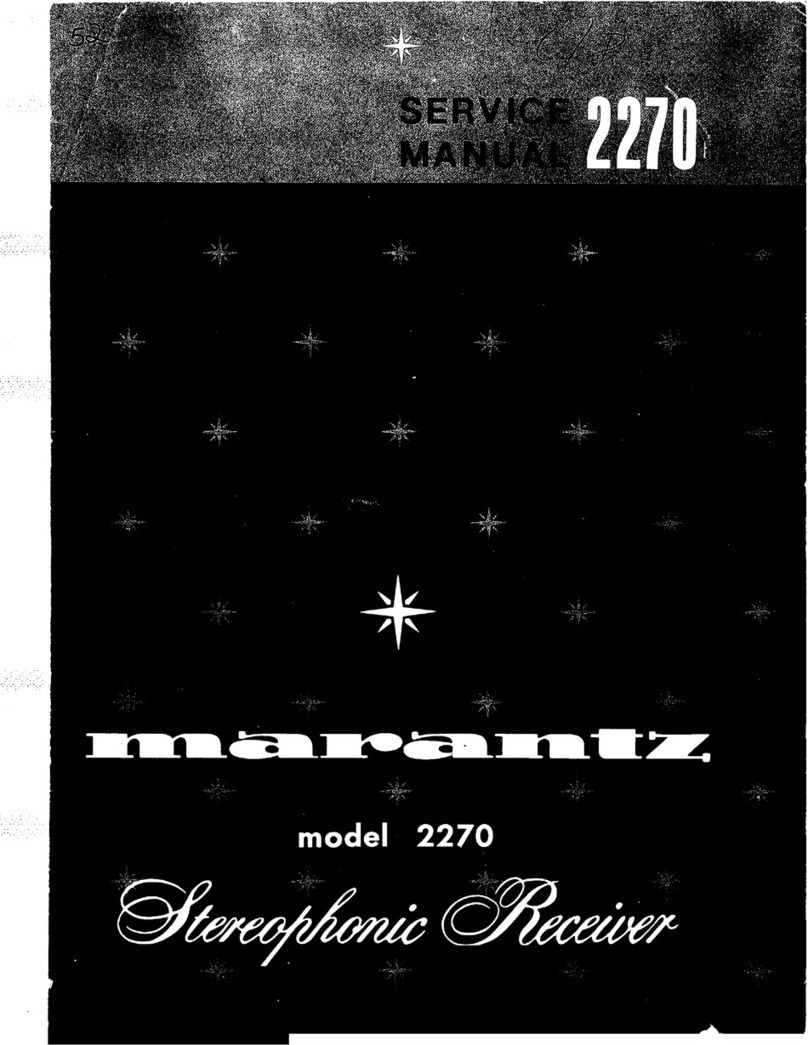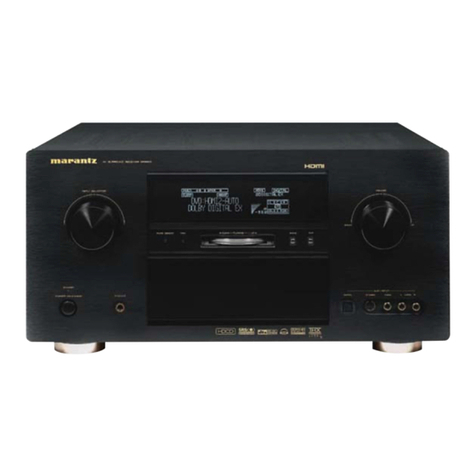SR5002 RS-232C Control Specification Page: 2 / 21
Document Version [1.00]
Company Restricted
Table of Contents
1. Introduction ............................................................................................................................................................ 3
1-1. Purpose ............................................................................................................................................................ 3
1-2. Scope................................................................................................................................................................ 3
1-3. Abbreviations ................................................................................................................................................... 3
1-4. References ....................................................................................................................................................... 3
2. Global Description ................................................................................................................................................ 4
2-1. Overview........................................................................................................................................................... 4
2-2. Block Diagram.................................................................................................................................................. 4
2-3. Interface connection specification of the product........................................................................................... 4
2-4. Assumptions and Dependencies.................................................................................................................... 4
3. Detailed Description.............................................................................................................................................. 5
3-1. Connection format ........................................................................................................................................... 5
3-1-1. Physical connection................................................................................................................................. 5
3-1-1-1. Data transmission sequence from Host to Slave .......................................................................... 5
3-1-1-2. Data transmission sequence from Slave to Host .......................................................................... 5
3-2. Transmission data format................................................................................................................................ 6
3-2-1. Transmission data format from Host to Slave........................................................................................ 6
3-2-1-1. Form1: Command ........................................................................................................................... 6
3-2-1-2. Form2: Status request ..................................................................................................................... 6
3-2-2. Transmission data format from Slave to Host........................................................................................ 6
3-2-2-1. Form1: ACK/NAK ............................................................................................................................ 6
3-2-2-2. Form2: Status answer and Auto status feedback.......................................................................... 6
3-3. The transaction sequences and the regulations............................................................................................ 7
3-3-1. The transaction sequences..................................................................................................................... 7
3-3-2. The transaction regulations..................................................................................................................... 7
3-3-3. Specification of Auto status feedback..................................................................................................... 7
3-3-4. Example of the transactions.................................................................................................................... 7
3-3-5. Examples of the handshaking flowchart ................................................................................................ 8
3-3-5-1. Example of successful handshaking.............................................................................................. 8
3-3-5-2. Examples of handshaking error...................................................................................................... 8
4. Recommendations of Command, Status and Layer definition..................................................................... 9
5. Definitions of Command, Status and Layer...................................................................................................... 9
5-1. Commands....................................................................................................................................................... 9
5-1-1. Normal Command list.............................................................................................................................. 9
5-1-2. Display and Menu contents................................................................................................................... 11
5-1-3. Surround contents ................................................................................................................................. 11
5-1-4. Tuner contents .......................................................................................................................................13
5-1-5. XM Contents .......................................................................................................................................... 13
5-1-6. Multi Room contents.............................................................................................................................. 14
5-2. Specific Commands.......................................................................................................................................15
5-3. Status request and Status answer list...........................................................................................................16
5-3-1. Normal Status request and Status (answer and feedback) list ........................................................... 16
5-3-2. Layer of the statuses .............................................................................................................................20
6. Revision history................................................................................................................................................... 21
